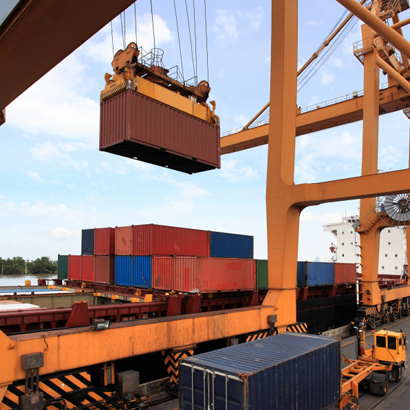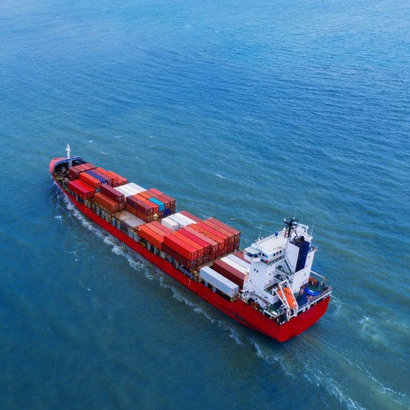Commercial drivers must follow certain regulations designed by authorities to ensure safety and accountability. One such requirement revolves around the USDOT number. Truck drivers need to apply USDOT to help authorities monitor and identify entities involved in interstate commerce.
At Pioneer Trucking Solutions, we provide trucking solutions such as truck insurance, IFTA Registration, USDOT application, etc. Consult with us if you are looking for a trucking solution our expert team is available to solve your problems.
Staying informed about current regulations and requirements is key to operating legally and responsibly in the transportation sector. By reading this article you will explore the essentials of USDOT numbers.
What are USDOT Numbers?
As per FMCSA (Federal Motor Carrier Safety Administration) business or truck drivers operating commercial vehicles for transportation intrastate or interstate must have USDOT numbers. These numbers are part of the USDOT’s (US Department of Transportation) efforts to enhance safety on highways by tracking a carrier’s safety information. It serves as a unique identity when collecting and monitoring a company’s safety information acquired during audits.
When are USDOT Numbers Required?
1. Interstate Commerce
USDOT number benefits truck drivers and businesses while transporting goods or passengers on Interstate. These numbers are mandatory to audit vehicle-specific weight and capacity criteria. Even if the business is running the vehicle on lease they must prominently display their own USDOT number.
2. Intrastate Commerce Requirements
Some states also require USDOT numbers for vehicles involved in intrastate commerce. The criteria for intrastate commerce can vary by state but generally apply to vehicles that exceed certain weight limits or carry hazardous materials.
Where to Display USDOT Numbers?
1. Placement on Vehicles
USDOT numbers must be displayed on both sides of the commercial vehicle in a prominent location that makes it visible and readable from a distance. The numbers must contrast with the background colour of the vehicle to ensure clear visibility.
2. Size and Format
According to regulating authority rules, the USDOT number should be displayed in a specific size and format. They share that the number must be at least 2 inches in height to ensure legibility. Every letter must be colourful and bold.
3. Exceptions and Additional Requirements
Certain types of commercial vehicles may have additional requirements regarding the display of USDOT numbers. For example, vehicles transporting hazardous materials may need to display additional markings as the number should be printed in easy-to-read fonts.
Compliance and Enforcement
1. Inspections and Audits
Regulatory authorities share that all commercial vehicle operators must have specific insurance and legal process documents on file before they apply to issue USDOT. Authorities can conduct audits to ensure compliance with USDOT regulations. During this inspection, they verify that the USDOT number is properly displayed and that the carrier meets other safety and operational standards.
2. Penalties for Non-Compliance:
Any commercial driver failed to display a USDOT number when required has to bear penalties. Additionally, an operator’s failure to meet compliance with USDOT regulations may impact a carrier’s safety rating and eligibility to operate commercially.
Conclusion
Before you apply USDOT numbers you need to understand why they are required and where to display them. Anyone involved in commercial transportation needs to have this number. By following the guidelines for displaying USDOT numbers correctly you contribute to safer roads and highways.







